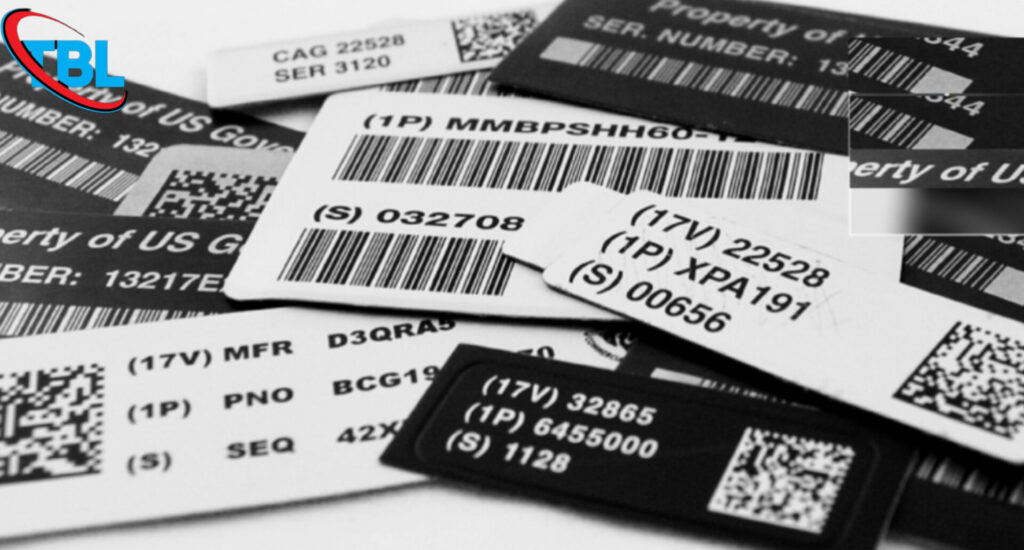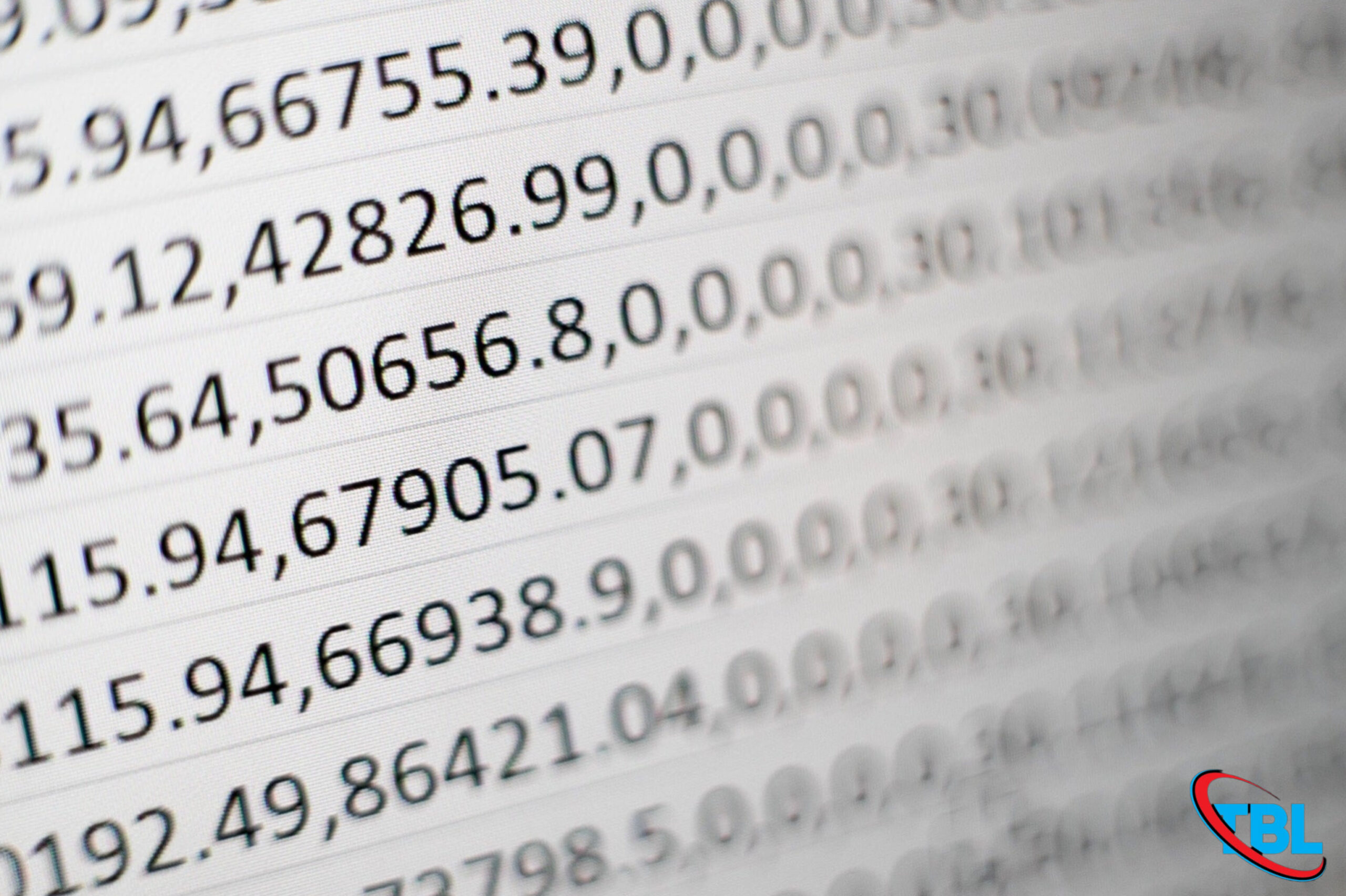t202315303ygj: Exploring Its Importance and Practical Applications
Introduction
In the digital age, unique codes and identifiers play a huge role in keeping systems organized and efficient. Take “t202315303ygj,” for example. While it might look like a random series of letters and numbers, identifiers like this serve as essential tools for businesses and organizations in managing data, inventory, and customer interactions. Although mysterious at first glance, understanding these unique identifiers can offer valuable insights into the systems that power industries today.
In this article, we’ll uncover the possible functions and applications of “t202315303ygj,” examine how it might be used in real-world scenarios, and discuss challenges and future trends. By the end, you’ll have a clearer sense of how identifiers like these play a vital role in technology, data management, and beyond.
What Is t202315303ygj?
At first, “t202315303ygj” may appear to be a random code, but these unique identifiers are purposefully designed. In technology and business, codes like this could serve as a unique label in a database, a part number in an inventory system, or even a customer ID. These identifiers streamline processes by helping organizations differentiate between products, customers, and transactions. In software, for example, such codes can make it easy to label and retrieve specific information, preventing data mix-ups.
Let’s imagine “t202315303ygj” is a unique product ID in an e-commerce platform. Each product in the system is assigned a different code, which helps track the product from the warehouse to delivery. This type of tracking reduces errors and keeps things organized, especially when a company has thousands of items to manage. With identifiers like these, employees can easily find and update information, boosting overall efficiency.
In short, unique identifiers like “t202315303ygj” act as the backbone of many digital and organizational systems, ensuring data is kept accurate and accessible.
Key Features of t202315303ygj
The structure and design of identifiers like “t202315303ygj” are not random; they serve specific purposes. These codes are typically crafted to make systems run smoothly and maintain accuracy. Here are some common features such identifiers might have:
- Logical Structure: Many identifiers use a specific pattern to separate data categories. This can include letters representing departments or numbers for specific products or customers, making them easier for machines to interpret.
- Security: In fields that handle sensitive information, unique identifiers often have built-in security features like encryption. This keeps data safe from unauthorized access, an essential aspect in industries like finance and healthcare.
- Consistency: Unique identifiers are typically designed to be durable and consistent. Once assigned, they remain the same, allowing them to serve as a permanent reference point. This stability is crucial for keeping records and tracking information over time.
- Non-duplication: Codes like “t202315303ygj” must be unique. Duplication could lead to significant errors, so these identifiers are assigned in a way that ensures each one is different.
These features make identifiers like “t202315303ygj” incredibly useful for managing complex data systems. By providing logical, secure, and unique codes, businesses can maintain a high level of accuracy and streamline their operations.
Real-World Applications of t202315303ygj

Unique identifiers like “t202315303ygj” have practical uses across multiple industries, from e-commerce and healthcare to logistics. Here are some examples of how such identifiers add value:
- E-Commerce and Logistics: In online retail, unique codes track products from warehouse storage to the customer’s door. Let’s say “t202315303ygj” is the identifier for a specific item. By scanning it at each stage of the journey, businesses ensure accuracy and transparency, helping customers track orders and reducing the risk of misplaced items.
- Healthcare: Identifiers like “t202315303ygj” are also essential in the healthcare sector. They could label a patient’s file, making sure medical staff access the correct records. In large hospital networks, these codes reduce the chances of errors and enable medical teams to provide accurate and timely care.
- Customer Support: Many companies use identifiers to improve customer service. For example, “t202315303ygj” could represent a specific customer’s order history, allowing support teams to quickly pull up relevant information and assist customers more effectively.
These examples show that unique identifiers streamline processes, enhance accuracy, and boost customer satisfaction by keeping data accessible and reliable.
Challenges and Considerations with t202315303ygj
While identifiers like “t202315303ygj” bring many benefits, they also pose challenges. For one, mismanagement of these codes can cause serious problems. If an identifier is duplicated or assigned incorrectly, it can lead to confusion or even costly mistakes, especially in sensitive fields like healthcare.
Another challenge is maintaining large databases filled with unique identifiers. As companies grow, so does the need for proper data organization. Without efficient systems to manage and update codes, databases can become overloaded, slowing down operations. Database maintenance, then, is critical to prevent inefficiencies and keep information accessible.
Security is another important consideration. If identifiers like “t202315303ygj” are linked to sensitive data, they must be protected with encryption and access controls. Data breaches are a significant concern, and protecting customer or patient information is vital to maintaining trust.
For companies using identifiers like “t202315303ygj,” investing in data security and management is essential to overcoming these challenges and ensuring smooth operations.
The Future of Identifiers like t202315303ygj
Looking ahead, the use of unique identifiers is likely to expand. As industries continue to digitize, the demand for accurate data tracking will increase. In the future, identifiers like “t202315303ygj” might evolve to include more sophisticated components such as geolocation or blockchain integration, which could improve transparency and security.
For example, in logistics, adding geolocation data to unique identifiers could allow consumers to trace the origins of products, giving them more control over their purchasing decisions. Similarly, blockchain could make it easier to verify and protect these codes, enhancing security and data integrity.
Furthermore, AI could make it possible to analyze data associated with unique identifiers, providing businesses with insights that inform better decision-making. As the world continues to digitize, the role of unique identifiers like “t202315303ygj” will likely grow, shaping the future of data management and digital security.
( FAQs )
- What is t202315303ygj?
It’s a unique identifier used for tracking and organizing data in various systems. - How does t202315303ygj improve accuracy?
It uniquely labels items, preventing confusion and ensuring reliable data management. - Where is t202315303ygj commonly used?
It’s used in fields like e-commerce, healthcare, and logistics for tracking and efficiency. - What challenges does t202315303ygj face?
Challenges include data mismanagement, security needs, and maintaining large databases.
Conclusion
In summary, identifiers like “t202315303ygj” might seem trivial, but they play a crucial role in data organization and system efficiency across many industries. By providing a unique label for every item, person, or transaction, these codes enable businesses to track and manage information more effectively, whether in e-commerce, healthcare, or customer service.
While there are challenges, including the need for data security and efficient database management, the benefits far outweigh the downsides. Unique identifiers streamline operations, improve accuracy, and enable businesses to provide better service. As we move into a future where data becomes even more central to business operations, the role of identifiers like “t202315303ygj” will only grow.
Understanding the potential and functionality of these codes is a small but valuable step toward mastering the systems that keep our world connected and organized. Identifiers may be tiny parts of these systems, but they are fundamental to the smooth operation of our increasingly digital lives.














Post Comment